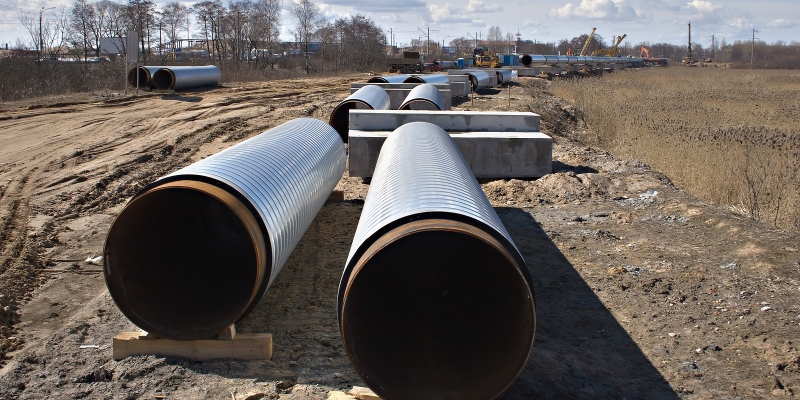Trans Mountain pipeline—federal intervention entirely political

So the Trudeau government is going to buy the Trans Mountain pipeline and related infrastructure for $4.5 billion. Moreover, there may be additional costs if the government builds the expanded pipeline, which Kinder Morgan estimated at $7.4 billion. This is not the first time Canadian governments have gotten involved in funding economic infrastructure projects—the most famous case of federal involvement is, of course, the building of the Canadian Pacific Railroad, which produced the vital east-west transport link for the Canadian economy.
The fact that this pipeline is an important piece of national infrastructure is not in doubt, but unlike the subsidization of the CPR, the economic reasons for government involvement in this project are much weaker.
As part of a nation-building project to build the transportation infrastructure for an east-west economic axis, Canada’s federal government subsidized the construction of the CPR, which was completed in 1885. The government provided the CPR with cash ($25 million), the donation of line already built ($38 million), land grants (25 million acres), tax concessions, rights-of-way and a 20-year prohibition (monopoly clause) on the construction of competing lines on the Prairies that might feed to U.S. railways. As a share of Canada’s GNP in 1885, the value of the cash subsidy and donated track alone amounted to 11 per cent.
A general consensus among economic historians is that, in the absence of government assistance, the CPR would not have been built when it was but rather would have been postponed to a much later date when a denser western population (needed to support rail traffic) existed. At the time the CPR was proposed, the population of Canada west of Lake Superior was little more than 20,000 people while more than three million were to the east, making the project high in risk and not of immediate profit to the private sector. Generally speaking, there were not a lot of private-sector investors in 1870 lining up to build a railway across Canada to create an economic, political and social link.
However, what’s also important for the infrastructure debates of today is that while a subsidy was needed, it was ultimately excessive.
In his classic study, economic historian Peter George found that the inflation-adjusted rate of return for the project averaged 3.4 per cent while the market rate of return on investments in other projects was in the 6 to 10 per cent range. However, the subsidy granted to the CPR to raise its return to the market rate was 1.5 to two times larger than what was actually needed.
The result of such generous subsidization was the incentive to build more railways.
Along with the CPR, there were other transcontinental rail projects after 1900—the Grand Trunk Pacific, the National Transcontinental (which was the eastern section of the Grand Trunk) and Canadian Northern. In the end, Canada wound up with three complete transcontinental rail lines when at most two would have sufficed. The rest as they say is history, given the collapse of passenger traffic during the First World War, which resulted in nationalization of the lines into CN.
Now in 2018, the case for federal intervention in the Trans Mountain pipeline is entirely political. There’s no shortage of private investors able to carry the ball on the project—it’s just that there’s political opposition to its construction. The opposition—environmental and Indigenous groups, and the British Columbia government—and the failure of Ottawa to resolve the obstacles politically, are to blame.
The federal decision is designed to assure that Canada remains committed to getting its resources to market, but in the end, the remaining legal and political challenges mean that Canadian taxpayers will be saddled with the costs of this pipeline. What the federal government is really doing is assuming the financial risk that the pipeline will not be built.
In this respect, there’s one commonality between the building of Canada’s transcontinental railway and the building of this pipeline. In the end, they will both cost much more than they need to, and the difference will be made up by Canadian taxpayers. Even worse, there’s the chance taxpayers will foot the bill for the pipeline not being built.

